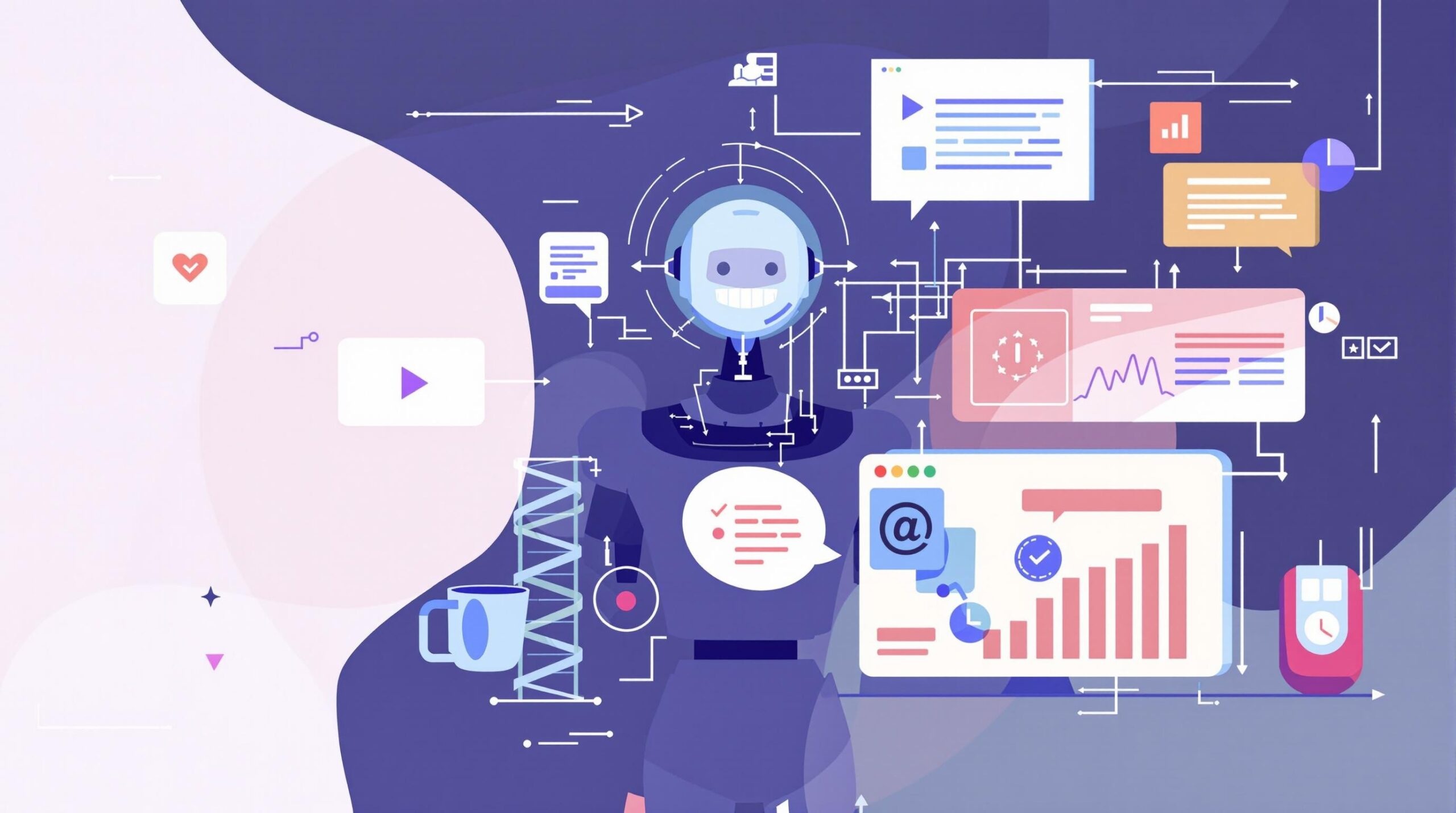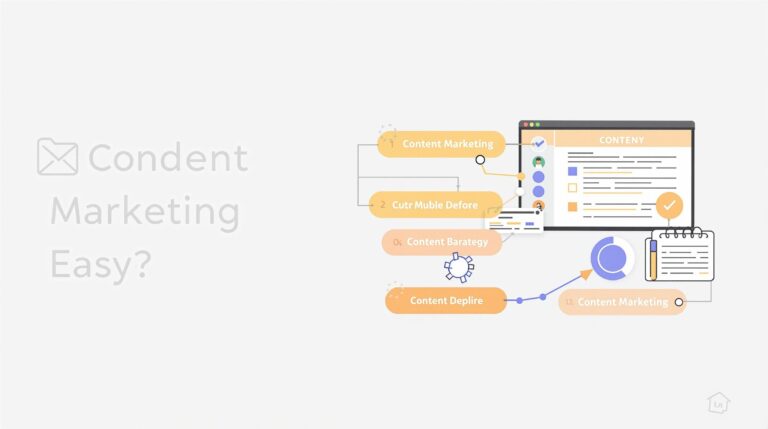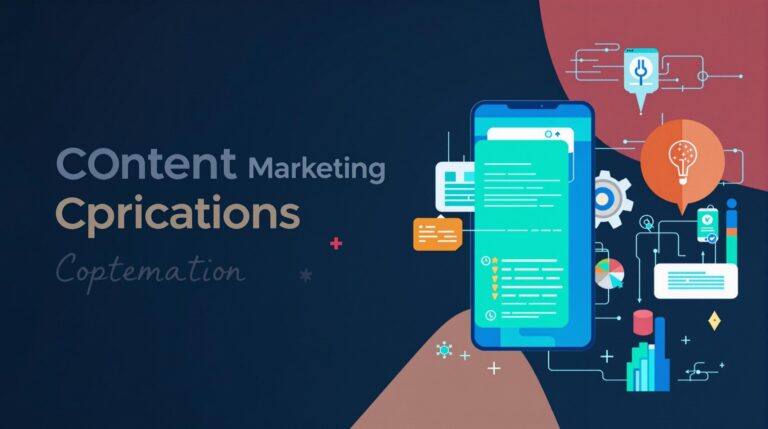Content at Scale: Why Automation Is the Future of Digital Publishing
Digital publishing is rapidly evolving with automated content creation technologies leading the charge. AI-powered tools and platforms are transforming how publishers create, optimize, and distribute content, enabling unprecedented efficiency while maintaining quality and search engine visibility.
Key Takeaways
- 88% of marketers currently use AI tools for daily operations, with 51% using them specifically for content optimization
- AI-powered content generation reduces production time by up to 70% while maintaining SEO compliance
- Content at Scale and similar platforms can produce complete 2,500+ word articles in minutes with proper keyword integration
- Companies implementing automation report 45% faster time-to-market and 30% lower operational costs
- Finding the right balance between AI and human input is crucial for maintaining brand voice and content originality
The Digital Publishing Revolution: How Automation Is Changing the Game
The landscape of digital publishing is experiencing a fundamental shift. According to recent statistics, 72% of publishing executives now identify automation as critical for future growth. This isn’t surprising when you consider that 74% of organizations using data-driven automation report increased customer engagement.
AI tools have become essential components in the modern publisher’s toolkit. The data speaks volumes – 88% of marketers currently use AI tools for daily operations, with 51% leveraging these technologies specifically for content optimization and 48% for content creation.
Publishers face mounting pressure to produce more content faster while maintaining quality and SEO effectiveness. With traditional methods, this balance was nearly impossible to achieve. Automation tools and strategies offer a solution by handling repetitive tasks, analyzing performance data, and even generating draft content.

How Content at Scale and AI Tools Are Transforming Content Production
Learning how to scale content production efficiently is a top priority for digital publishers. AI-powered content generation platforms like Content at Scale are revolutionizing this process by reducing production time by up to 70% while maintaining SEO compliance.
Content at Scale stands out by producing complete, SEO-optimized 2,500+ word articles in minutes by analyzing keywords and their semantic context. This platform outperforms competitors like Jasper and Copy.ai by generating ready-to-publish long-form content that requires minimal editing.
The benefits extend beyond just speed:
- Automated fact-checking and plagiarism detection (reducing editing time by 40%)
- Multi-language publishing capabilities for global campaigns
- Real-time content updates based on performance metrics
- Integrated primary and secondary keyword optimization
However, these benefits come with considerations. Content at Scale subscriptions start at $500 per month, representing a significant investment. There’s also a learning curve for new users to master the platform’s capabilities fully.
The Numbers Don’t Lie: Automation’s Impact on Publishing Efficiency
Statistical evidence clearly demonstrates automation’s transformative effect on publishing operations. According to recent industry surveys, 54% of publishers now use AI for workflow automation, including editing, design, and audience analytics.
The business impact is substantial. Companies that have implemented automated workflows report 45% faster time-to-market and 30% lower operational costs compared to traditional manual processes. This efficiency creates a competitive advantage that’s difficult to overcome using conventional methods.
Adoption rates continue to climb, with 68% of publishers now using at least three automation tools weekly. This trend reflects the compound benefits realized when multiple automation systems work together across the content lifecycle.
When comparing content automation vs manual creation, the efficiency gains become even more apparent. While human creativity remains essential, the data indicates that pure manual processes can’t match the speed and consistency of AI-assisted workflows.
The Publisher’s Toolkit: Essential Software Solutions for Content Automation
Building an effective automation ecosystem requires selecting the right tools for each stage of the content process. Here are the most impactful solutions that modern publishers are leveraging:
- Content at Scale: Generates long-form articles with built-in SEO optimization, ideal for blog posts and whitepapers
- Grammarly: Provides AI-powered editing and ensures tone consistency across all published content
- Canva: Offers AI-driven design templates that simplify creating social media graphics and visual elements
- Surfer SEO: Enables automated keyword mapping and content strategy development
- Adobe Sensei: Facilitates layout automation for eBook design and other formatted publications
Each tool addresses specific pain points in the publishing workflow. The key to maximizing their effectiveness lies in proper integration and configuration to support your unique content requirements.
Personalization at Scale: The Next Frontier in Automated Publishing
The future of digital publishing isn’t just about creating more content—it’s about creating more relevant content for each reader. AI-powered personalization tools are making this possible at scale.
Tools like Tribotz now enable the creation of interactive eBooks with embedded videos, quizzes, and dynamic hyperlinks that adapt based on reader behavior. These features transform static content into engaging experiences that keep readers coming back.
Predictive analytics represents another breakthrough. AI systems can now forecast reader preferences with 85% accuracy by analyzing engagement patterns across content types. This insight allows publishers to target content development to areas with the highest potential engagement.
Regulatory considerations are also driving adoption. The European Accessibility Act, taking effect in 2025, is pushing publishers to adopt AI for creating ADA-compliant content formatting—turning a compliance requirement into an opportunity for broader audience reach.
Breaking Down Borders: How Cloud Collaboration Is Changing Publishing Teams
Geographic limitations once restricted publishing operations, but cloud-based tools have eliminated these constraints. Platforms like Yudu streamline cross-regional teamwork, cutting approval cycles by 60% compared to traditional workflows.
Multi-language support enables simultaneous global campaigns, allowing content to be created once and adapted for multiple markets simultaneously. This capability is particularly valuable for international publishers seeking to maintain consistent messaging across regions.
Real-time updates represent another significant advantage. Dynamic content adjustments based on performance metrics ensure that published material remains relevant even as market conditions change. This agility gives automated publishers a substantial edge over those using static publication methods.
The $12.6 Billion Opportunity: Market Projections for AI Publishing
The economic impact of publishing automation is substantial and growing. According to Statista, the AI publishing market is projected to reach $12.6 billion by 2025, driven primarily by increasing demand for personalized content experiences.
This growth is accelerated by the compound productivity benefits realized when publishers integrate multiple automation tools. Each system amplifies the effectiveness of the others, creating workflow efficiencies that exceed the sum of their individual contributions.
For publishers, this represents both an opportunity and a challenge. Those who embrace automation stand to capture market share and operate more profitably. However, the rapid pace of technological change means continual investment and adaptation are necessary to maintain competitive advantage.
Finding the Balance: Human Creativity in an Automated World
Despite the clear advantages of automation, human input remains crucial. Over-reliance on AI can potentially reduce content originality and distinctive brand voice—essential elements for building audience loyalty.
The most successful publishers are developing hybrid human-AI workflows, where technology handles repetitive tasks and data processing while human editors focus on creative direction, strategic decisions, and adding unique perspectives.
This balanced approach maximizes the strengths of both human and AI contributors. Automation tools excel at tasks like research, optimization, and formatting, while human editors ensure the content maintains authenticity, emotional resonance, and brand alignment.
As content at scale becomes increasingly accessible, maintaining this balance will be the key differentiator between publishers who simply produce more content and those who produce more meaningful, engaging content that builds lasting audience relationships.
Sources
10web.io/ai-tools/content-at-scale
yudu.com/blog/digital-publishing-in-2025
vocal.media/unbalanced/best-digital-publishing-solutions-in-2025-improve-your-content
surferseo.com/blog/content-automation
surveymonkey.com/mp/ai-marketing-statistics
yesandbeacon.com/blog/content-at-scale
spines.com/ai-in-publishing-industry
publishingstate.com/10-top-digital-publishing-trends-in-2025/2024
evolok.com/blog/embracing-the-digital-publishing-revolution-unleashing-the-power-of-automation








